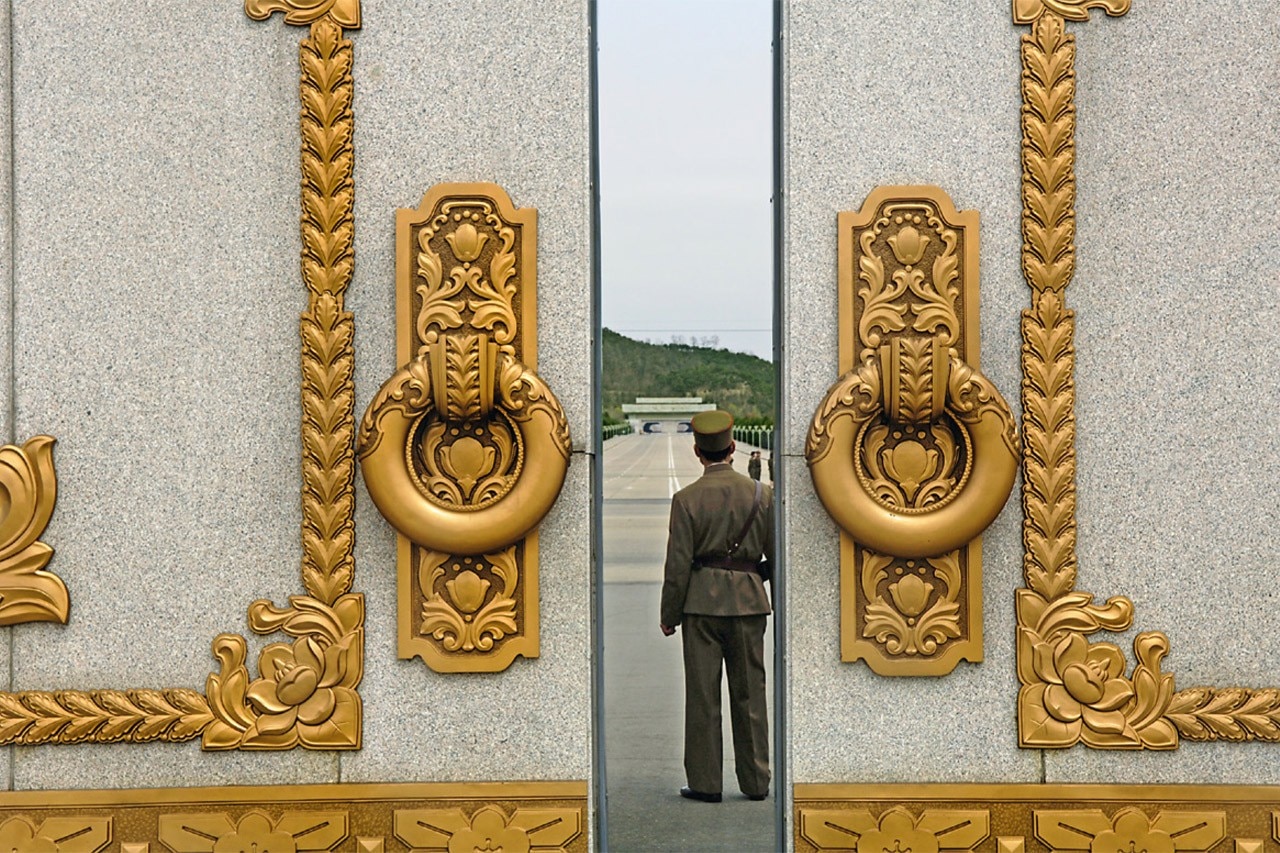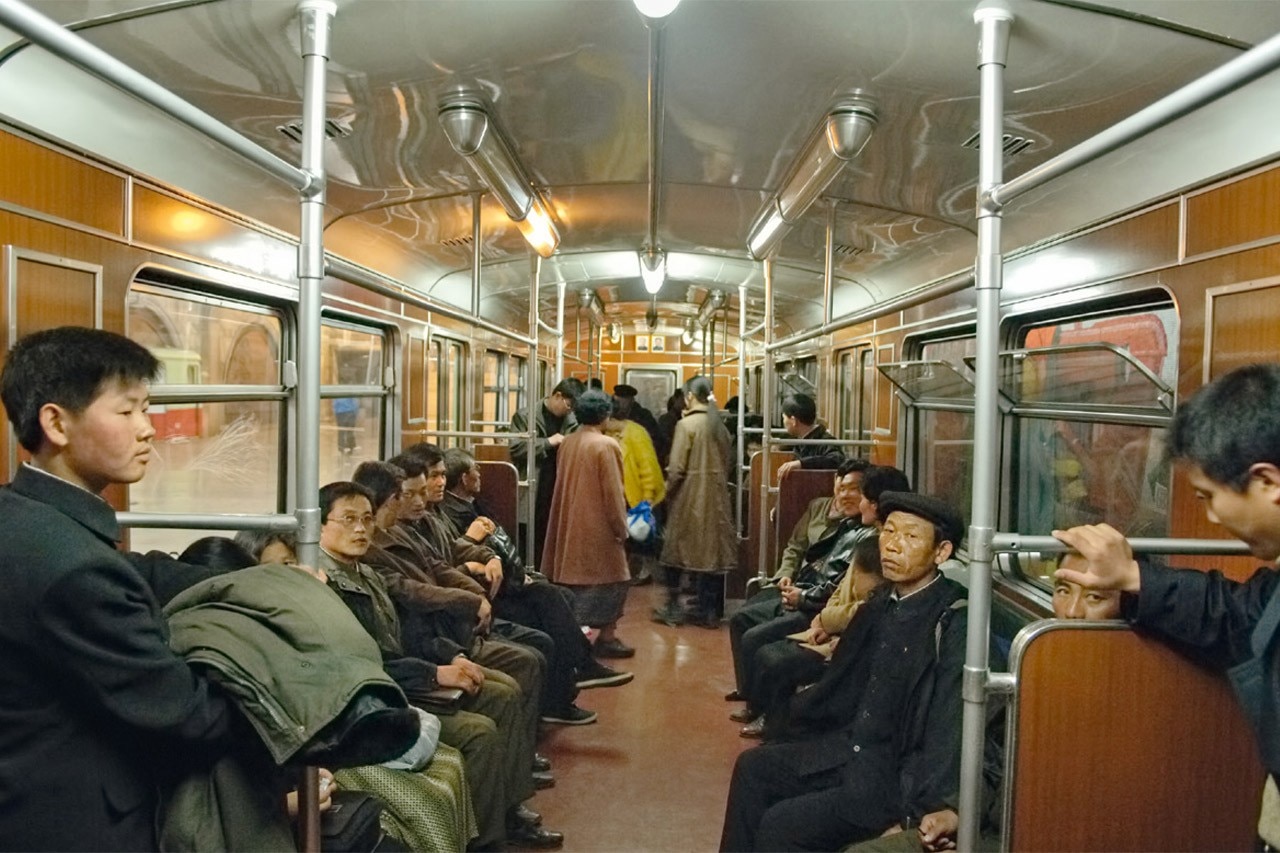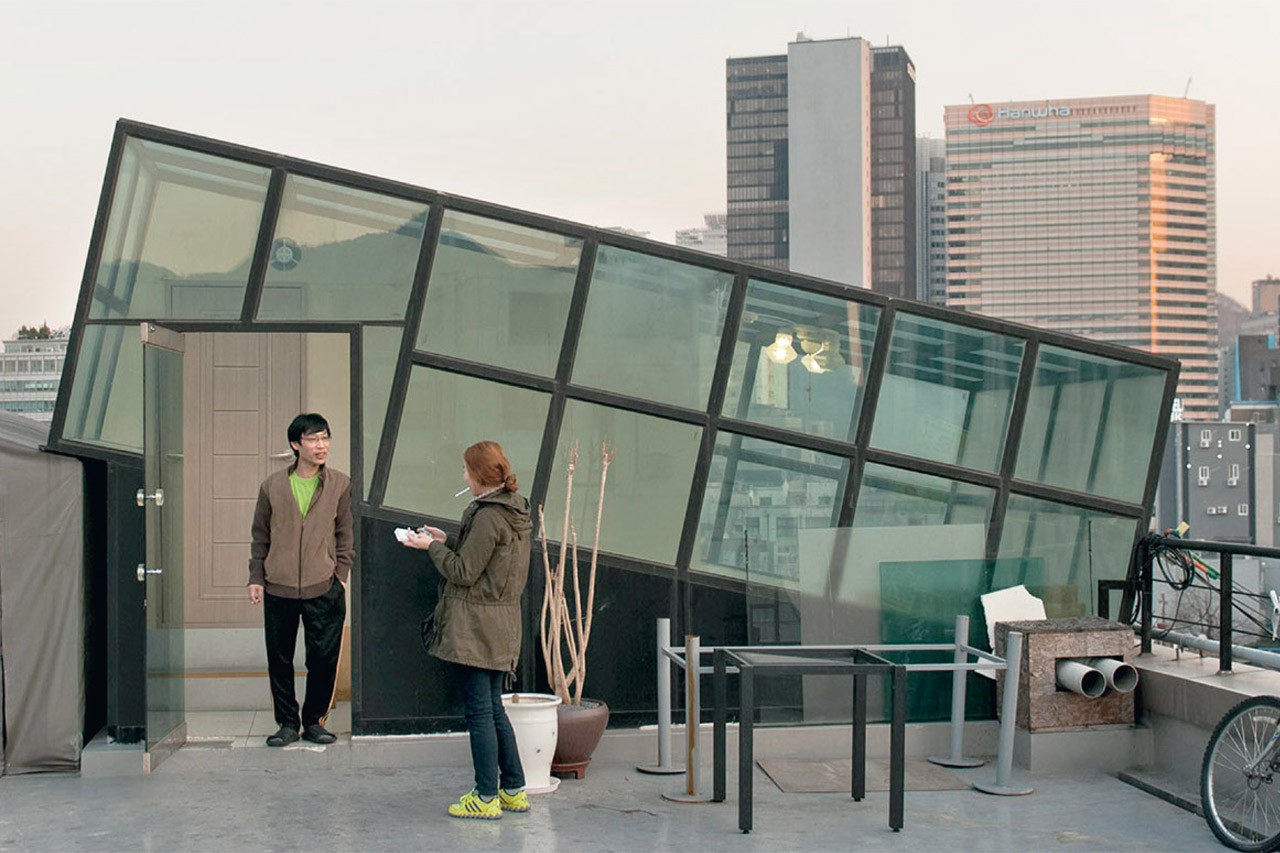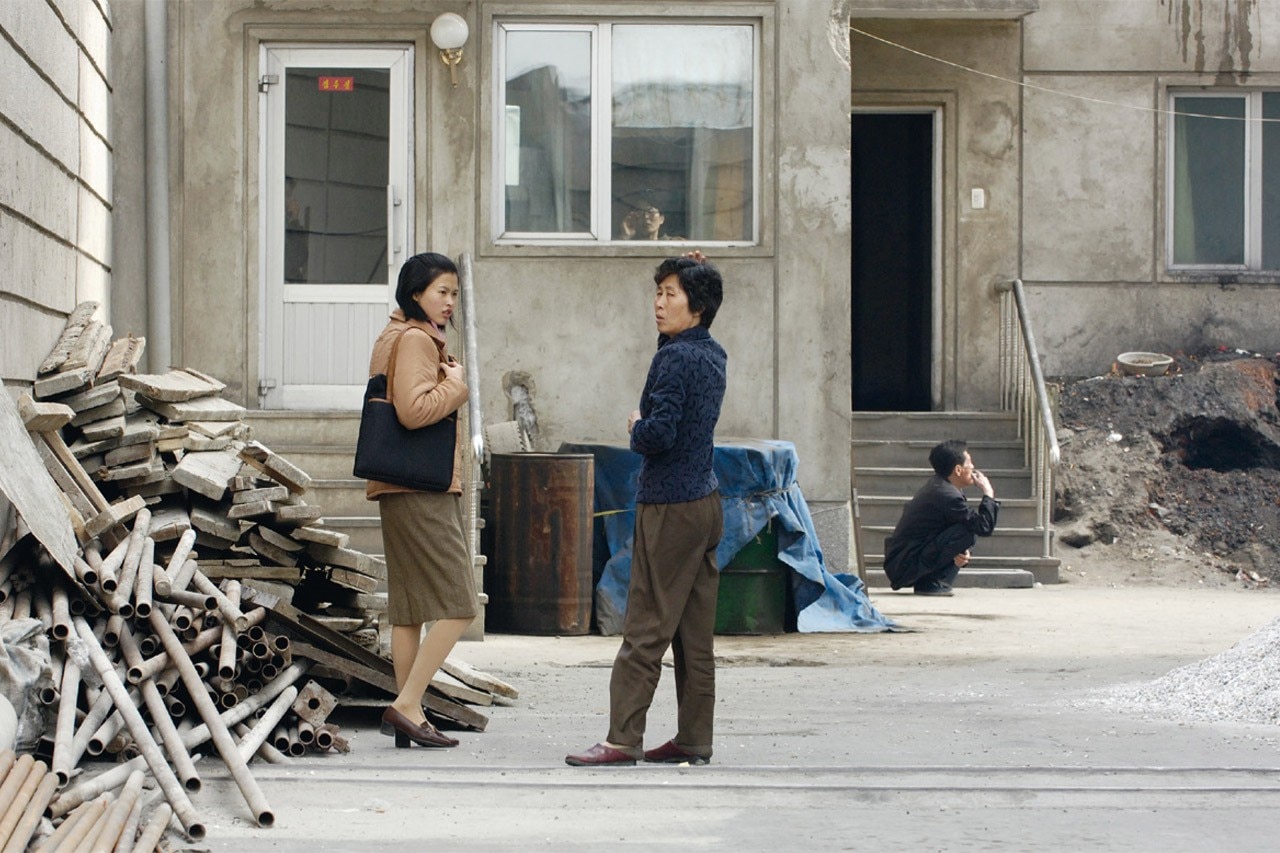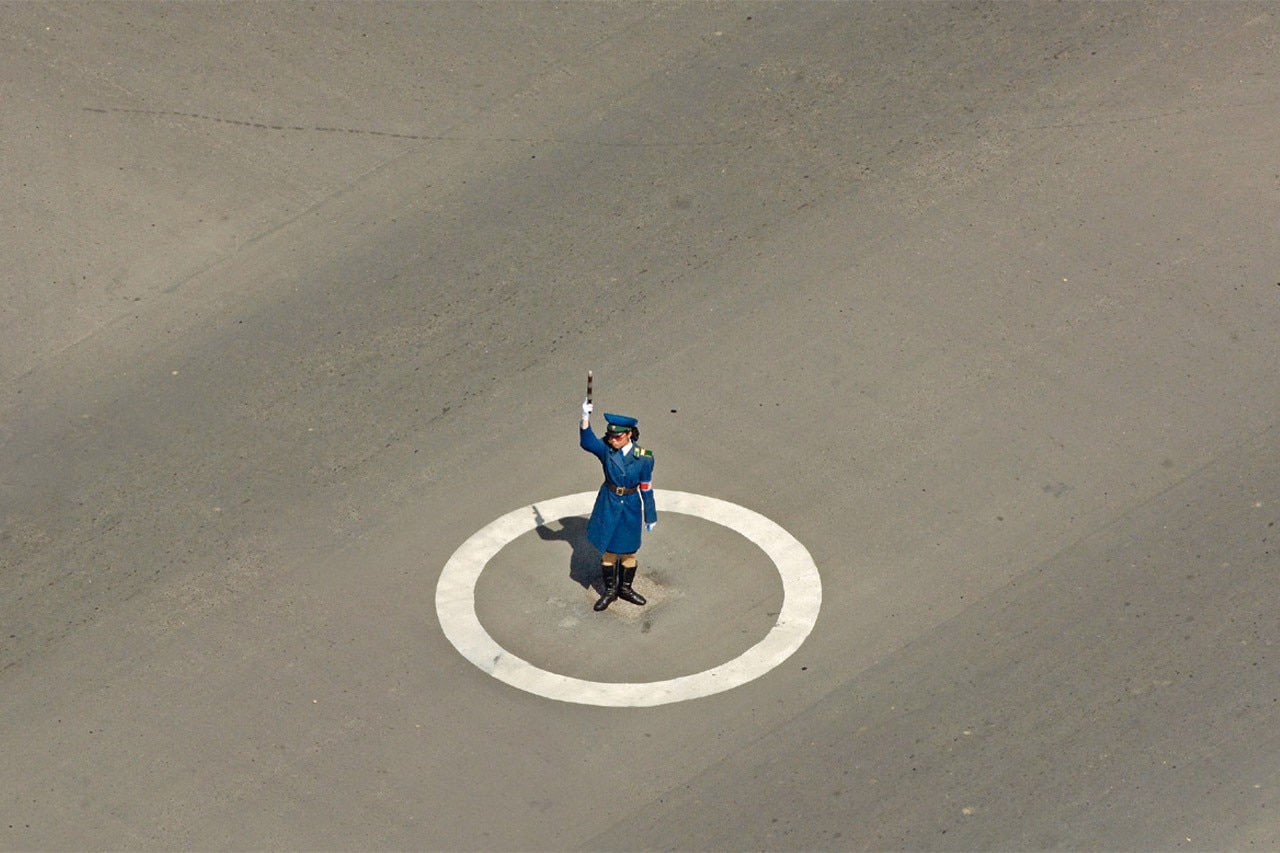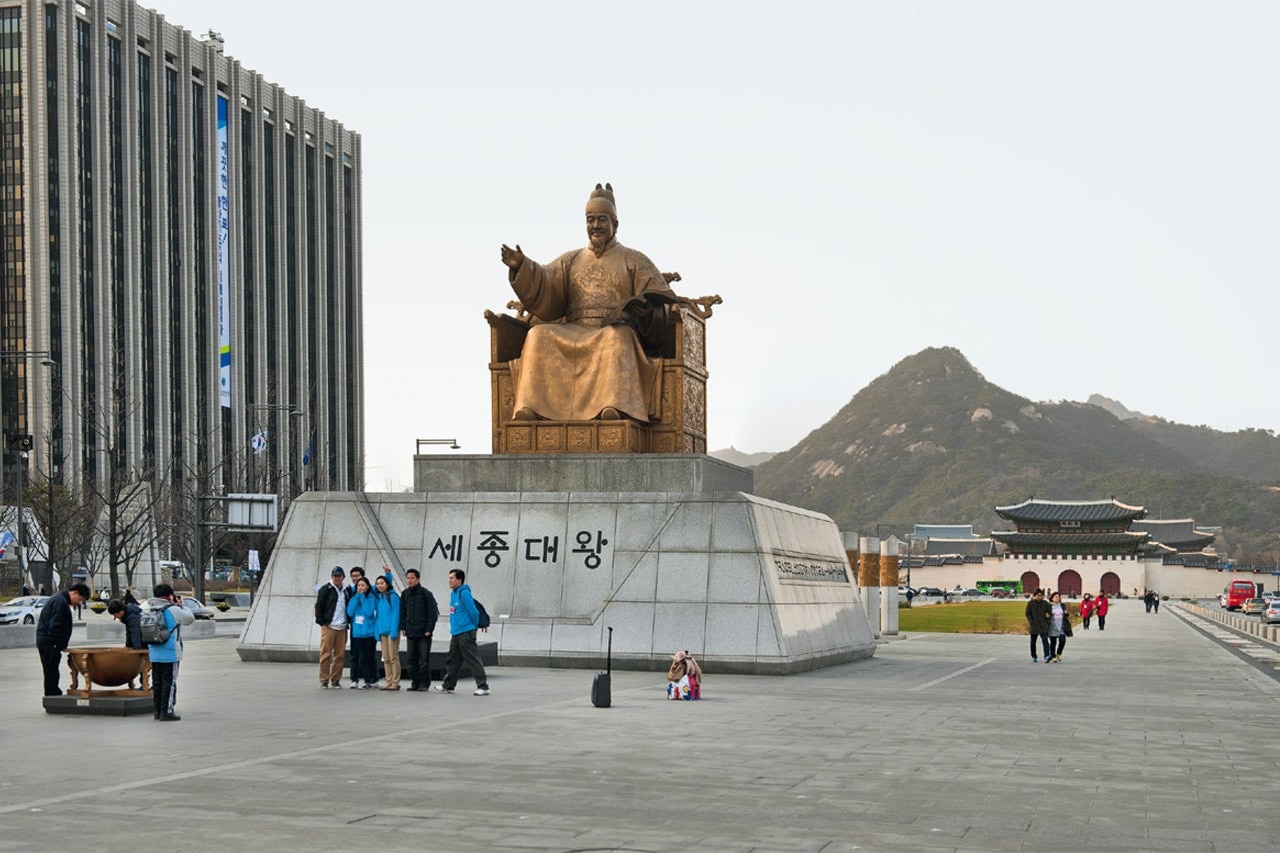
 View gallery
View gallery

Statue of King Sejong in Gwanghwamun Square (in front of Gyeongbok Palace). Photo by Dieter Leistner from Korea–Korea, Copyright Gestalten 2014
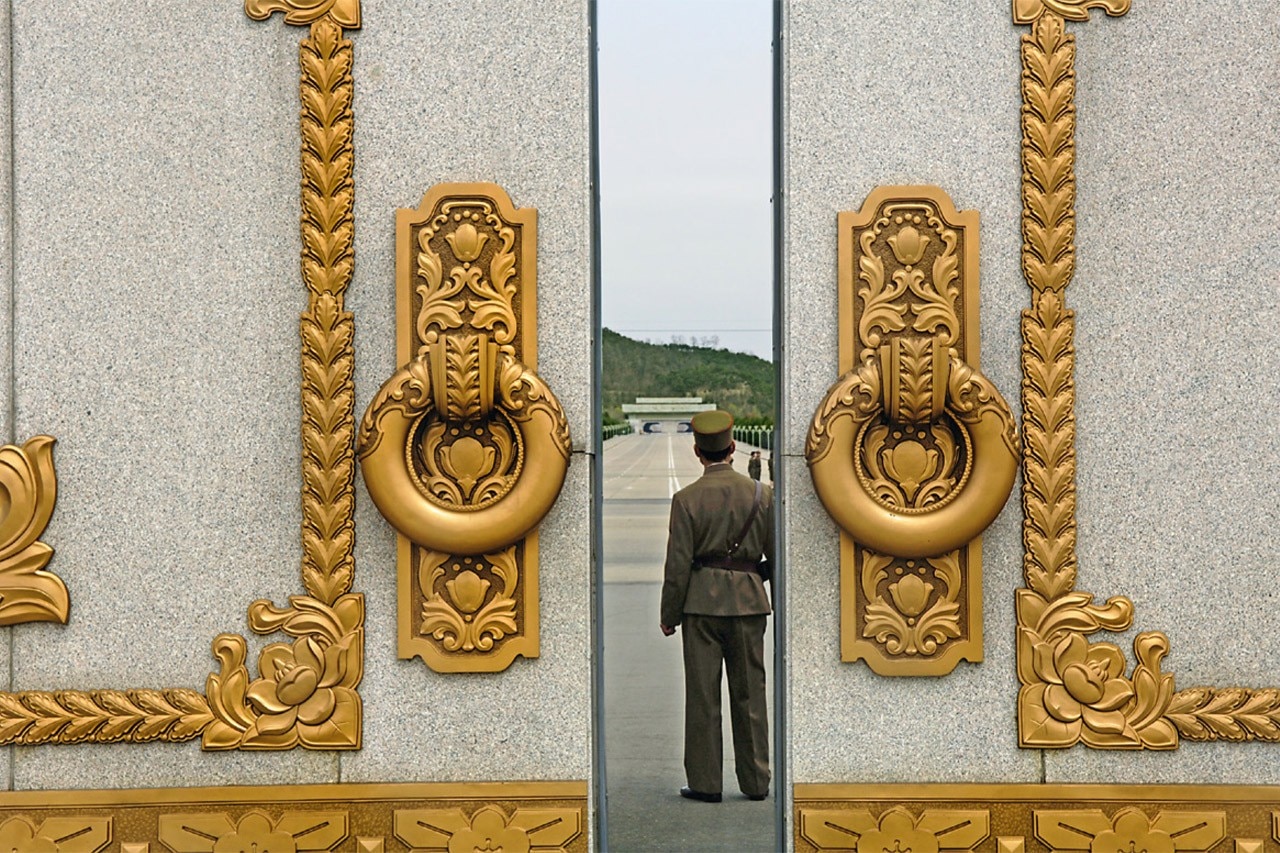
Geumsusan Palace and Kim Il Sung Mausoleum. Photo by Dieter Leistner from Korea–Korea, Copyright Gestalten 2014
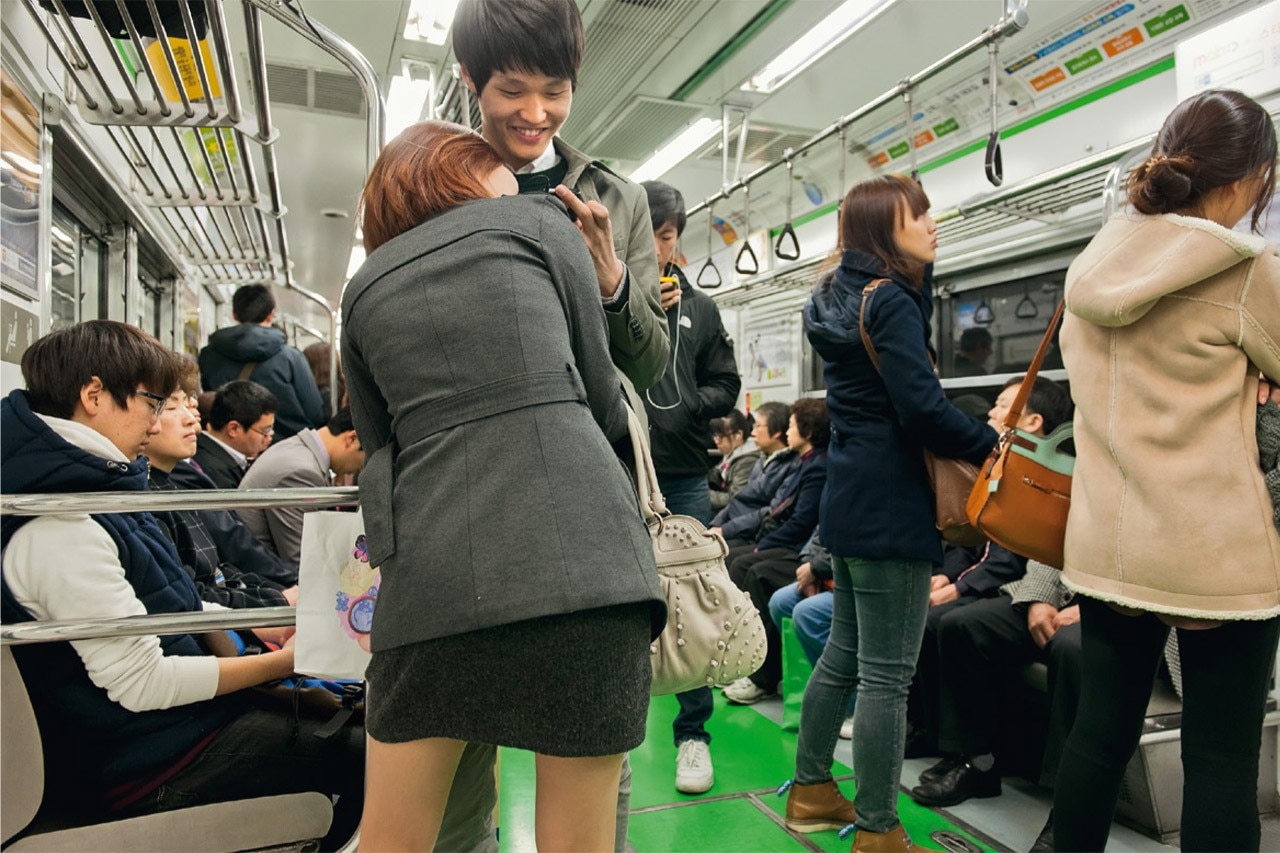
Seoul Metropolitan Subway. Photo by Dieter Leistner from Korea–Korea, Copyright Gestalten 2014
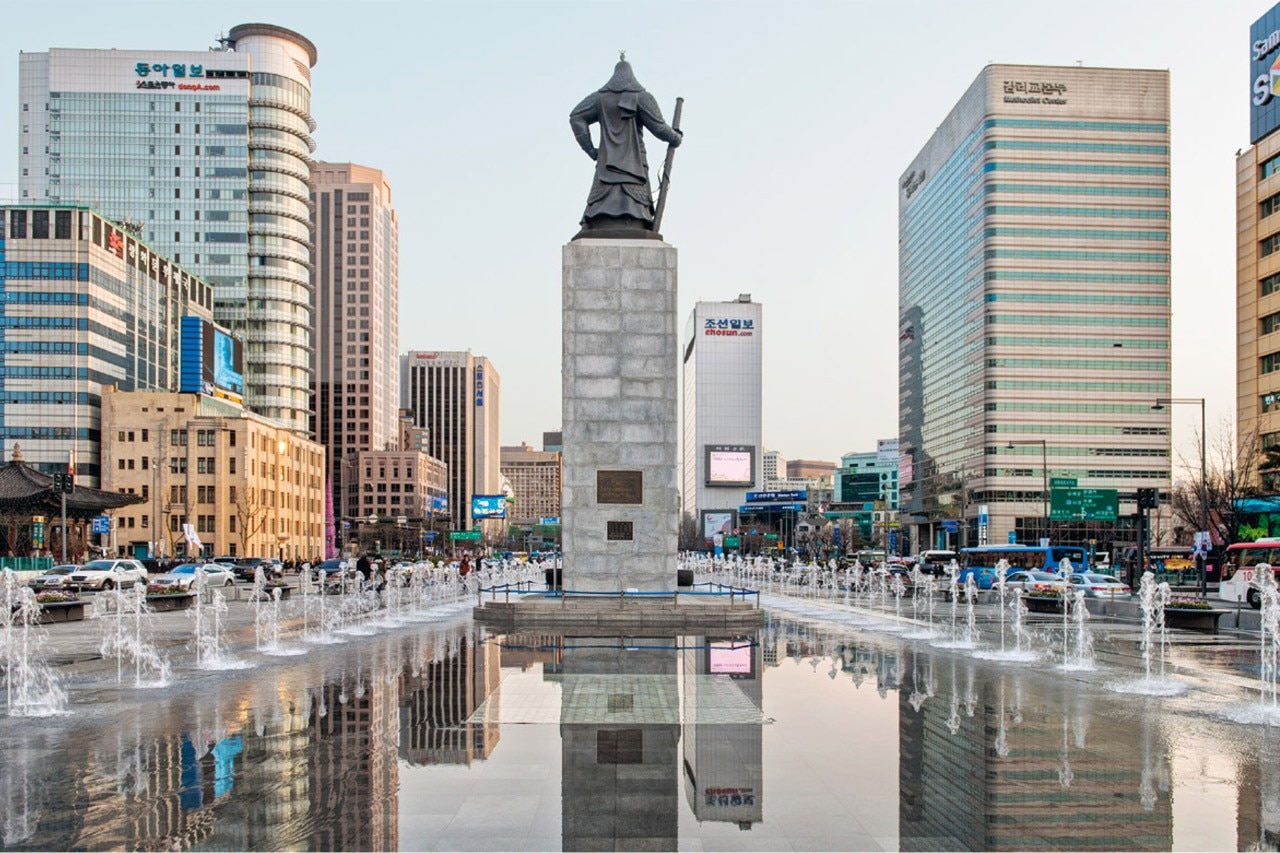
Statue of Admiral Yi Sun-sin. Photo by Dieter Leistner from Korea–Korea, Copyright Gestalten 2014
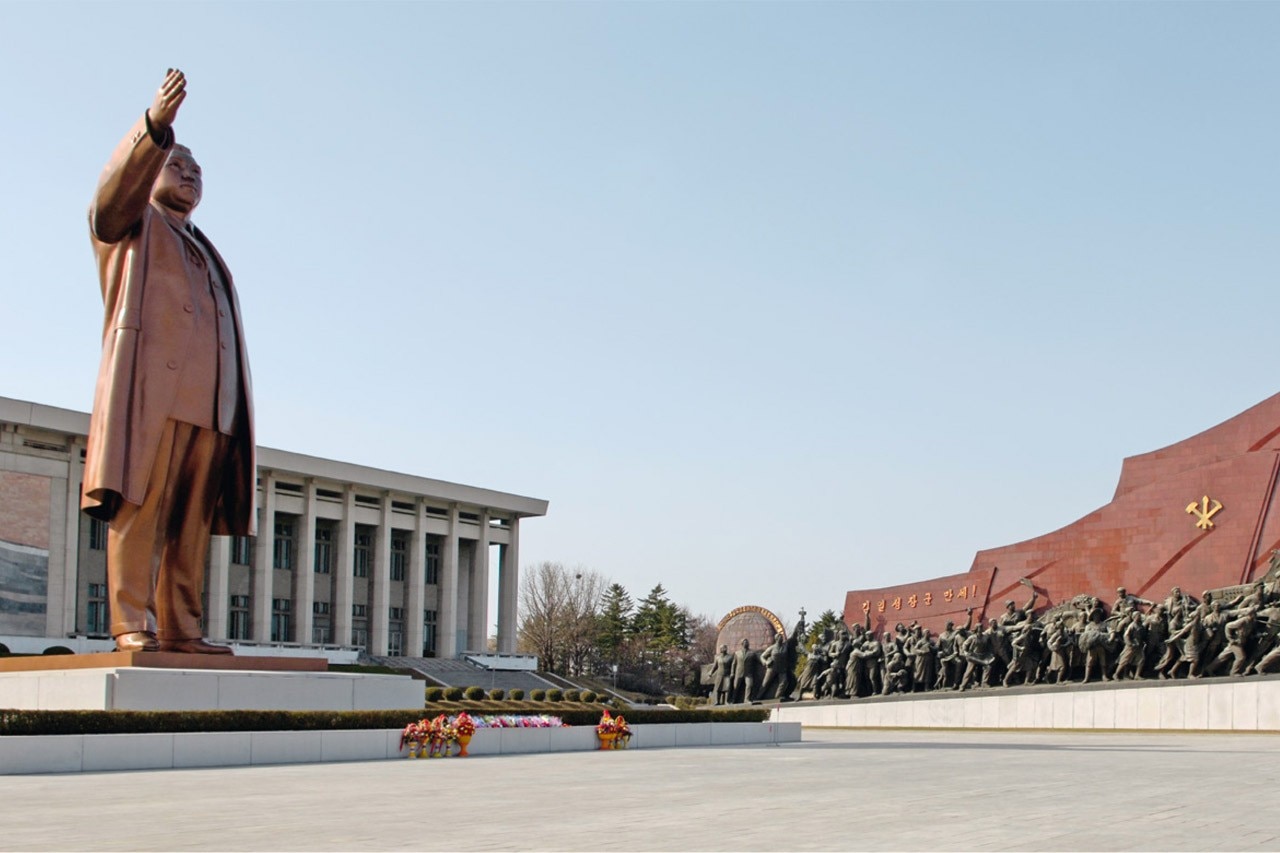
Statue of Kim Il Sung on Mansu Hill. Photo by Dieter Leistner from Korea–Korea, Copyright Gestalten 2014
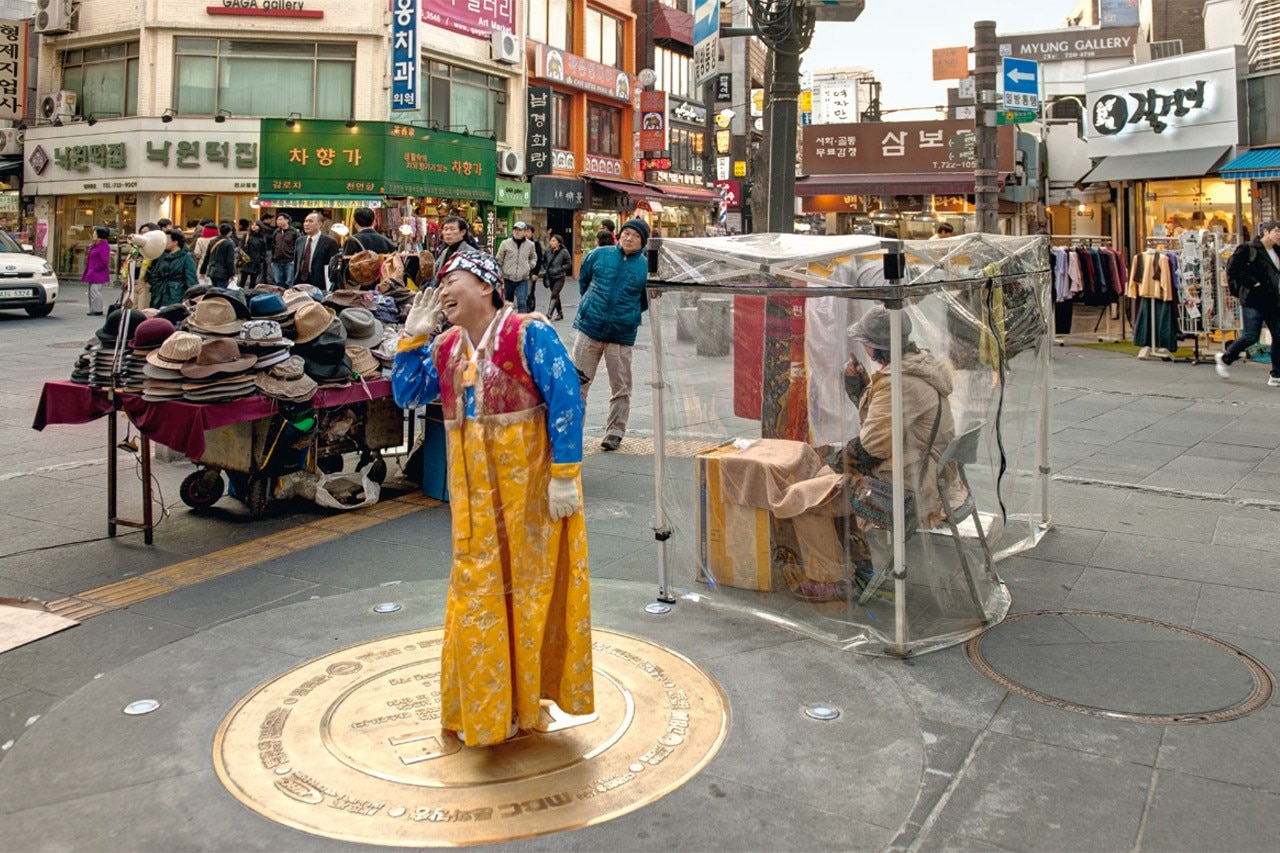
Hat seller on Insa-dong Street. Photo by Dieter Leistner from Korea–Korea, Copyright Gestalten 2014
Dieter Leistner was born in 1952 and studied photo engineering and visual communication in Cologne, Essen, and Wuppertal. He has worked as a freelance photographer, his images have been shown in international exhibitions, and he has contributed to numerous national and international publications. In 1999, Leistner became a professor of photography in the design department at the Würzburg-Schweinfurt University of Applied Sciences.

